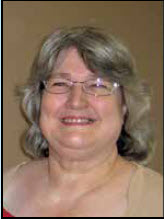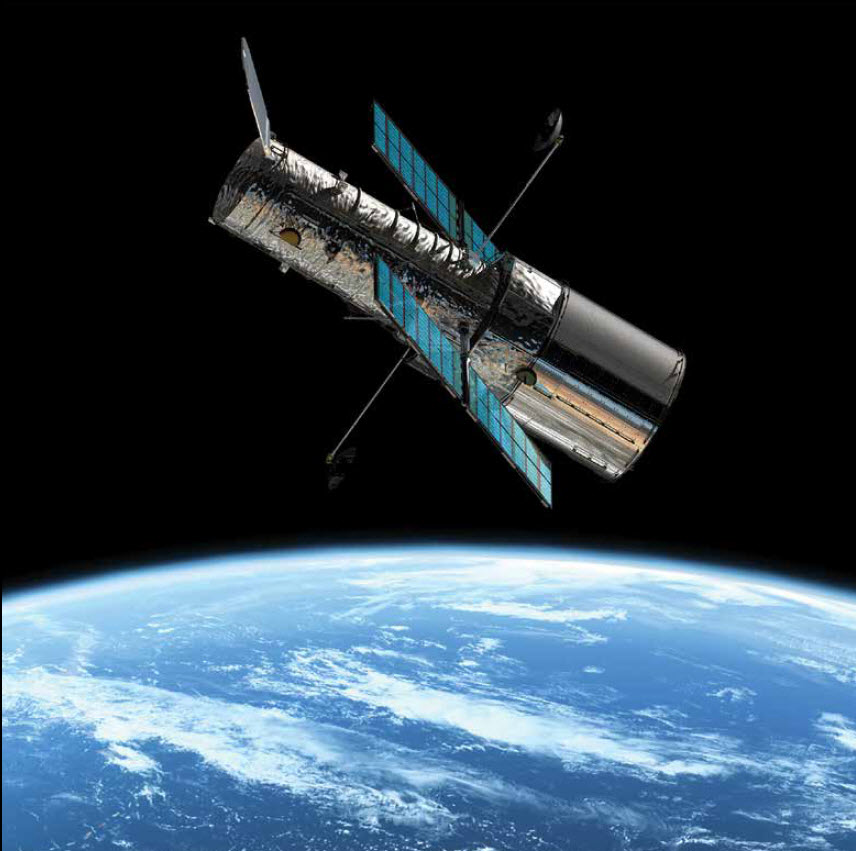 By: Wanda Campbell
By: Wanda Campbell
Astronomy is the science that studies space outside of Earth’s atmosphere, objects in space, and the universe as a whole. In 1990, the Hubble Space Telescope was launched to provide a different way to look at the universe. There were space telescopes before Hubble, but Hubble has a unique set of equipment.
After the repair of the Hubble Primary Mirror early in the life of the telescope, we were able to have access to space pictures in unprecedented detail. The first paper based on Hubble data described galaxy NGC 7457. This galaxy is 40 million light years away. Before the Hubble telescope, the limit for a telescope was about 5 million light years away. In 1992, using Hubble data, astronomers were able to confirm planets outside our solar system.

With new and improved lenses, astronomers were able to watch the comet Shoemaker-Levy 99 impact Jupiter. The Comet was orbiting Jupiter and was broken into 21 pieces by the gravitational force. The collision lasted a full week. The Hubble telescope observed and documented the impacts.
Since its launch in 1990, the Hubble Space Telescope (HST) has taken more than a half a million cosmic images, and astronomers have published more than 7,000 scientific papers based on HST data.
So what can you see from your back yard? On March 20, at 11:30 p.m., the sun will cross the celestial equator marking the vernal equinox in the northern hemisphere. On March 20, the day and the night are of equal length. In the pre-dawn sky, the orbit of Mars will bring it in the path of Jupiter so that you will have a view of March and Jupiter in the field of vision in your back yard.
With so much up in the air right now, it is a good time to get into the back yard and look up. More children’s activities are listed on our website for summer. We have more than 15 camps that are ready for registration. You can check them out at www.athens.edu/cll.
By: Wanda Campbell
Center for Lifelong Learning – 121 South Marion Street, Athens, AL 35611 – 256-233-8262


